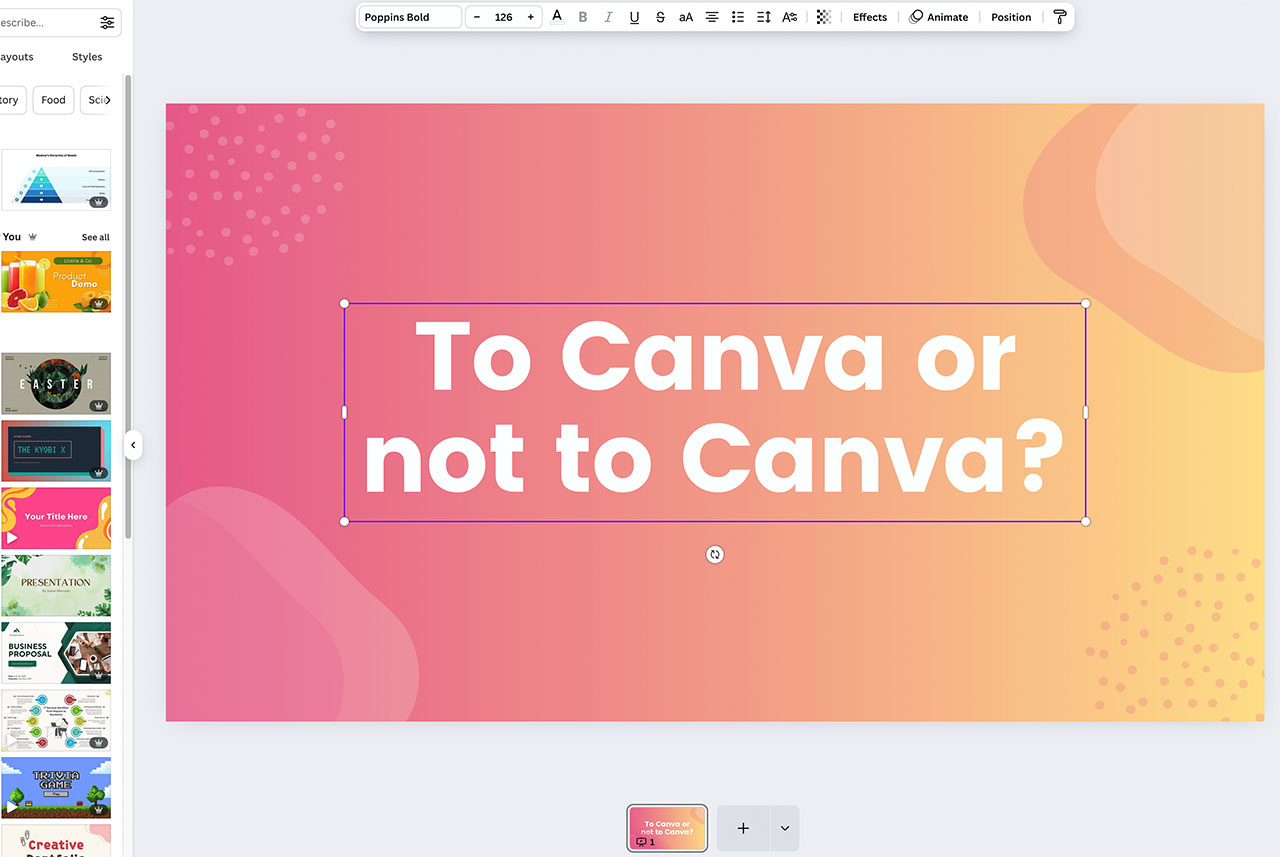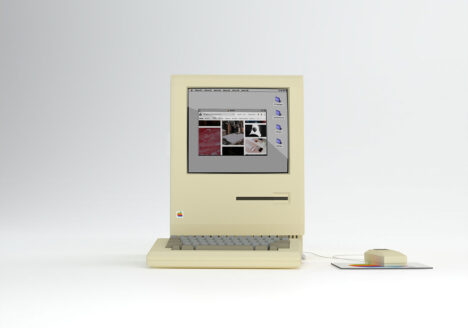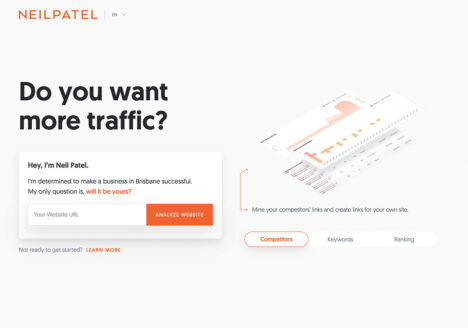Why graphic designers fight about Canva, and what that means for clients
Canva is fantastic for everyday graphics like simple Instagram posts, animated reels that save me from opening After Effects, or editable templates for clients who want to make small updates themselves. For small businesses or solo freelancers, that speed and convenience can be a real lifesaver. But here’s the reality: Canva is not, and never will be, a true replacement for professional design work. It’s easy to think that because Canva is simple and user-friendly, good design must be simple too. But that’s not how it works.
What is Canva good for?
Canva is genuinely a brilliant tool when you stick to what it was designed for. It works best for tasks like:
-
Quick social posts that don’t need custom illustration or complex layouts
-
Basic animated reels that save time compared to more advanced software
-
Editable templates that let clients make simple updates themselves
-
Presentations and straightforward marketing assets that don’t require professional printing and custom technical setups
Canva makes it easy for non-designers because you don’t have to learn design principles, production specs, or file preparation. You just pick a template, drop in some text, swap a photo, download it, and you’re done. For small businesses with tight budgets or tight timelines, that can be incredibly useful.
What is Canva NOT good for?
Where people get it wrong is believing that Canva can handle the same demands as professional design software. It can’t. That convenience hides what real design actually involves: strategic thinking, originality, technical skills, and quality control that templates alone can’t deliver. Here’s what many people miss: Canva’s simplicity hides what professional design actually involves. It was never built for high-level, production-ready work because it doesn’t offer the tools or flexibility that professional design software provides. Do you remember MS Paint? That’s what Canva feels like to a professional designer.
For example, Canva:
- Lacks advanced typography tools, paragraph and object styles, and master pages, which are essential for consistent multi-page layouts and big projects
-
Doesn’t handle true CMYK or Pantone colours, so printed colours may shift and appear inconsistent with your brand palette
-
Can’t generate fully press-ready files with proper bleeds, colour profiles, and prepress settings, which can lead to expensive production issues
-
Doesn’t offer features like linked assets, version control, scripting, plugins, or automation for efficiency on large or evolving projects
-
Has limited proofing tools for accessibility and production checks, which are critical for maintaining quality and compliance
- Doesn’t support vector editing, blending modes, gradients etc
Why it matters for you as a client
Professional design software like Illustrator, InDesign, and Photoshop exist for a reason: they give designers the precision and control needed to build brand assets that work in every format, stay consistent, and hold up under real-world production demands. If you’re spending real money printing packaging, signage, or promotional materials, your files need to be technically perfect. Fixing bad files, reprinting poor jobs, or rebranding because you end up looking generic will always cost more than doing it right the first time. That’s why a pro designer might say no to you when you want your file in Canva.
When you hire a professional designer, you’re not paying for something to just look pretty. You’re paying for strategy, originality, and the technical skill to make sure your investment works everywhere it needs to and lasts.
A professional designer:
-
Creates unique visual concepts instead of reusing the same templates everyone else is using
-
Knows typography, hierarchy, balance, colour theory, and accessibility so your design is effective, readable, and on-brand across every format
-
Prepares files correctly for every output, whether that’s a website, packaging, a billboard, or a magazine ad
-
Builds systems that keep your brand consistent across multiple products, packaging variations, campaigns, and platforms
-
Solves practical problems Canva simply can’t, like making sure your colours stay true in print, your logo scales without losing quality, or your packaging feels cohesive alongside your social media presence
A professional designer knows when to use the right tools for each job: Illustrator for precise vector work and custom logos, InDesign for multi-page layouts, Photoshop for image retouching, and yes, sometimes even Canva for fast, low-risk social content. But we never confuse a convenient shortcut with a professional solution.
If you’re a client, remember this: just because someone uses Canva doesn’t make them a professional designer. Good design isn’t about the software, it’s about the knowledge and judgement behind it.
When you hire a professional designer, you’re investing in strategic, original work that makes your brand stand out, not blend in. You get technically correct files, proper licensing, and accessibility checks saving you from costly reprints or legal issues. Plus, a pro ensures your visual identity stays consistent and cohesive across every touchpoint, from packaging to web to print.
The truth is that fixing poorly prepared Canva files almost always costs more than getting it right the first time. Many Canva “designers” don’t even know the difference between RGB and CMYK or how to prep files for professional printing, and many charge more than trained professionals who actually know how to protect your brand. And that’s where the “war” is.
Canva is brilliant for quick, everyday social content. But your brand deserves more than quick. It deserves thoughtful, technically sound, professionally executed design that sets you apart and works everywhere it needs to. That’s the difference between decoration and real branding, and that’s why Canva will never replace what a professional designer does.




